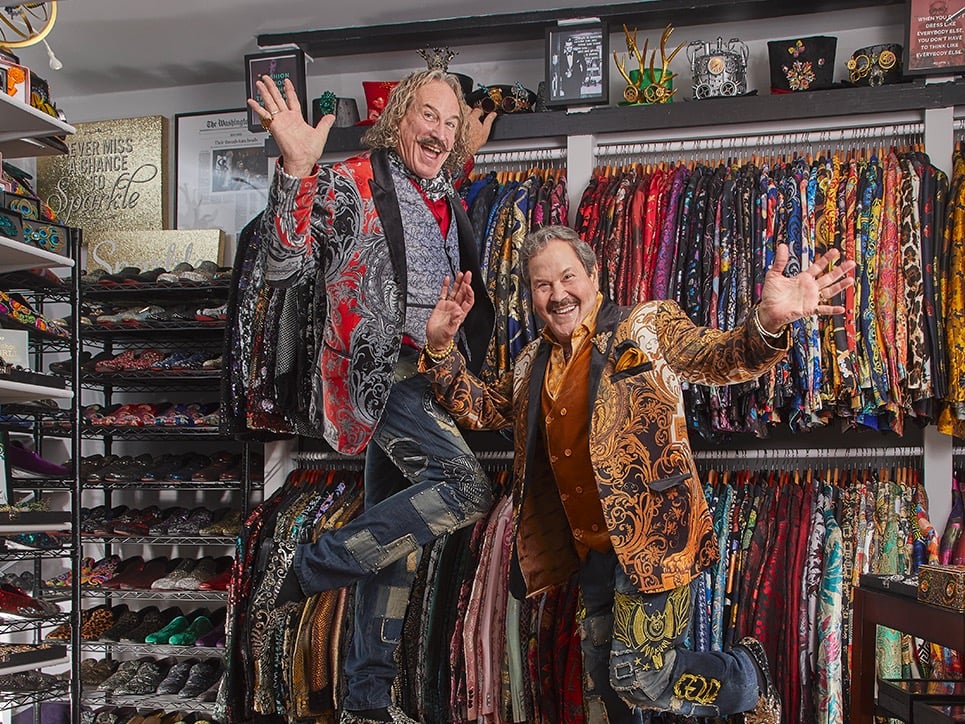Despite the recent economy, spa business has been up year over
year, according to the International Spa Association—and Washington is no
exception. “People are still going to spas,” says ISPA president Lynne
McNees.
But the industry hasn’t been immune to economic concerns.
“People are definitely being more careful about where they spend their
money,” says Ada Polla, founding member of the Washington Spa
Alliance.
Local spas, like those nationally, are offering incentives to
lure customers—including discounts through companies such as LivingSocial
and Groupon. For the most part, this has been a positive trend, but it has
its downside—spas sometimes overwhelmed by deal-buyers and consumers
disappointed by overwhelmed spas.
“Specials and packages have made spas accessible for a broader
range of consumers, but you really have to do your homework,” says McNees,
who suggests vetting a spa, its products, and the practitioner much as you
would a doctor’s office—reading reviews, asking for recommendations, and
preparing a list of needs and questions. This advice applies not only to
an invasive treatment such as a peel but also to massages and facials. The
difference between a blah therapist and a good one can be
vast.
Back to Basics
It turns out customers aren’t necessarily interested in the
latest, greatest, most luxurious pampering.
“The caviar facials and the fish [nibbling] on your
feet—consumers don’t really care about that,” McNees says. “Even with the
fancy treatments out there, they want to go to the spa for stress relief.
They want to slow down and take some time for themselves.”
Even if people are cutting costs in other areas of their lives,
they may need the benefits spas offer more than ever. The World Health
Organization says that by 2020 mental-health problems, including
stress-related disorders, will be the second-leading cause of
disabilities. Many health-insurance companies now offer reimbursement for
treatments such as massage.
Few time-pressed customers can spend all day—or even half a
day—in a spa. Spas have adapted, offering more 30-minute treatments (see
opposite page) and focusing less on amenities such as saunas and steam
rooms, and more on services. They promote treatments that produce
“results”—although that means different things to different people. For
some customers it’s a relaxing massage, for others a facial with Botox
injections administered by a physician.
Spa menus are changing as tastes change. The use of organic and
local products and ingredients is on the rise. And men are more likely to
seek pampering than they were a decade ago, often having been introduced
to spas by girlfriends and wives and then sticking around thanks to
male-oriented treatments like golf massages.
Another trend is a bigger focus on manicures and
pedicures—popular in Washington, Polla says—particularly gels such as
Shellac. She predicts the “nails as art” concept will become even
hotter.
Finding Our Favorite Spas
If you’re going to spend $150 or so for a facial or massage,
you want to make sure it’s money well spent.
We fanned out across Washington, getting kneaded, waxed, and
tended to by more than 80 aestheticians and massage therapists. None of
the spas knew we were from the magazine.
We suffered through facials that left our faces red, massages
that were too soft or too hard, and facilities that weren’t as clean as we
would have liked.
But some places shined.
While some are true day spas with relaxing lounges, fluffy
robes, and showers, others are salons, wellness centers, or home studios
where you may get a great facial or massage but not much else—because for
some people it’s the treatment and the therapist that matter.

















